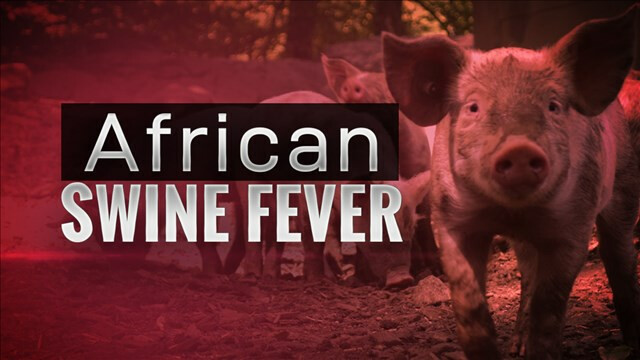ASF does not pose a health risk to humans and cannot be passed from pigs to humans. It is not a matter of food safety. ASF can be found in nations all over the world, although it is most prevalent in Sub-Saharan Africa. It has recently spread throughout China, Mongolia, and Vietnam, as well as portions of the European Union.
It’s never been discovered in the US, and we’d like to keep it that way. African swine disease first appeared in Georgia, then spread insidiously to neighboring Transcaucasian republics, Russia, and several of Georgia’s neighbors.

Infected wild boars spread to the Baltic States and Poland in 2014, and it has since established itself in various wild boar populations from which it is difficult to remove.
The first outbreaks were reported in China in 2018, where they spread with unprecedented speed throughout China and to several other countries in the region, including the island nations of the Philippines, Indonesia, Timor-Leste, and Papua New Guinea, which account for half of the world’s pig population.
A Concern!
ASF is a terrible, lethal disease that, if discovered in the United States, would have a significant impact on cattle farmers, their communities, and the economy. This disease does not have therapy or vaccination. The only method to stop the disease is to depopulate all swine herds that are infected or exposed.

USDA is collaborating with other federal and state authorities, as well as the swine industry and producers, to take the essential steps to protect our country’s pigs and keep the disease at bay. This group is also planning to respond if ASF is ever discovered in the United States.
Domestic Impact
The disease is well-known for wreaking havoc on smallholders and new commercial farms. It has a significant impact on the lifestyles of many poor families that rely on pigs as a source of protein and income, as well as a means of capitalizing on savings and acting as “safety nets” during times of adversity.

Because of ASF, many of these farmers have lost or may lose their businesses. Simultaneously, market prices have risen: in September 2019, retail prices in China increased by 78 percent (month to month), affecting consumers.
Since February 2018, about 6 million pigs have been slaughtered in Vietnam, accounting for around 20% of the total pig population. This is significant in a country where the pig industry is worth US$ 4.03 billion, accounting for approximately 10% of the whole agriculture sector.
Global Impact
The outbreak of African Swine Fever in China is predicted to result in a 27 percent reduction in pigmeat production, the country’s most popular meat product. There has been a sharp impact on this output gap on global markets for livestock products and animal feed in the short and medium-term.
The biggest economic impact is being felt globally in China, where yearly pork production has increased by more than 50 million tonnes since 2010. Prior to the ASF, China produced half of the world’s entire pork output. The Chinese national pig herd has been reduced by half by the end of 2019, and production is likely to fall by another 10–15 percent in 2020, on top of a 25% reduction in 2019.

Tensions have increased along the supply chain as global pig output is challenged. Global meat output is expected to decline due to a drop in the pig meat component, primarily in China, according to the Food and Agriculture Organization of the United Nations (FAO) Food Outlook dated May 2019.
This gap will not be filled by expansions in bovine, poultry, and ovine meat production. As a result, China’s total consumption of animal feeds as soy decreased by 17% in 2019.
Also Read: The Era Of Farm Automation











Comments 1